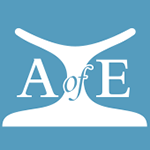Cairo, Egyptian Museum
The Egyptian Museum in Cairo was established by Muhammad Ali Pasha and the Museum was relocated to the Ministry of Public Education at the Citadel, where objects were intermittently given away. Said Pasha presented the remaining objects in this first collection to Archduke Maximilian Joseph of Austria-Este in 1855, which were then given to the Kunsthistorisches Museum in Vienna.
By 1863, a new museum, the Museum of Egyptian Antiquities was opened at Bulaq by Auguste Mariette but flooding in 1878 damaged the building and the collections were moved in 1891 to a former royal palace in Giza. By 1893 in order to address lack of storage and unsuitable display conditions a new museum was planned to house the antiquities in Tahrir Square that was finally completed in 1902.
Material from British excavations that was retained in Cairo may have found its way elsewhere because of the sale room in the museum. With the construction of two new large museums in Cairo in the early 21st century - the National Museum of Egyptian Civilisation (NMEC) and the Grand Egyptian Museum (GEM) - the Cairo Museum's collection has begun to be split up.
Excavated objects from the British School of Archaeology in Egypt's work at Mostagedda were included in the first displays of the National Museum of Egyptian Civilisation (NMEC) when it opened in Fbruary 2017.
Related archive documents
-
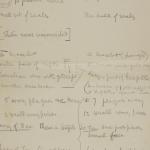 PMA/WFP1/D/9/1
PMA/WFP1/D/9/1 -
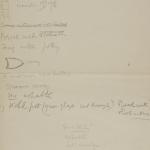 PMA/WFP1/D/9/2
PMA/WFP1/D/9/2 -
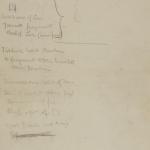 PMA/WFP1/D/9/3
PMA/WFP1/D/9/3 -
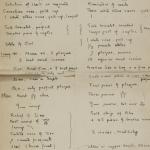 PMA/WFP1/D/9/4.1
PMA/WFP1/D/9/4.1 -
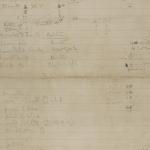 PMA/WFP1/D/9/10.2
PMA/WFP1/D/9/10.2 -
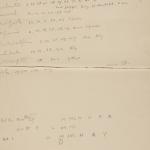 PMA/WFP1/D/15/16.2
PMA/WFP1/D/15/16.2 -
 PMA/WFP1/D/22/12
PMA/WFP1/D/22/12 -
 PMA/WFP1/D/24/21
PMA/WFP1/D/24/21 -
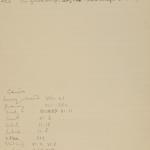 PMA/WFP1/D/25/1
PMA/WFP1/D/25/1 -
 PMA/WFP1/D/26/1.1
PMA/WFP1/D/26/1.1 -
 PMA/WFP1/D/26/1.2
PMA/WFP1/D/26/1.2 -
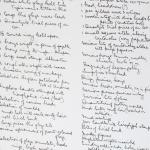 PMA/WFP1/D/27.1
PMA/WFP1/D/27.1 -
 PMA/WFP1/D/31/1.5
PMA/WFP1/D/31/1.5 -
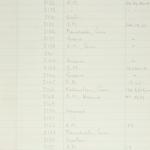 PMA/WFP1/D/31/1.6
PMA/WFP1/D/31/1.6 -
 PMA/WFP1/D/31/1.7
PMA/WFP1/D/31/1.7 -
 PMA/WFP1/D/31/1.8
PMA/WFP1/D/31/1.8 -
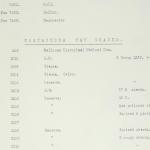 PMA/WFP1/D/31/2.3
PMA/WFP1/D/31/2.3 -
 PMA/WFP1/D/31/2.4
PMA/WFP1/D/31/2.4 -
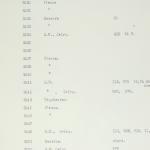 PMA/WFP1/D/31/2.5
PMA/WFP1/D/31/2.5 -
 PMA/WFP1/D/31/2.6
PMA/WFP1/D/31/2.6 -
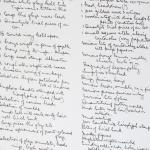 PMA/WFP1/D/27/1
PMA/WFP1/D/27/1 -
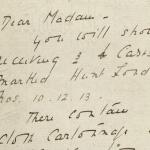 DIST.15.52a
DIST.15.52a -
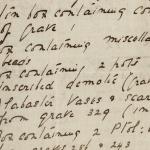 DIST.15.55a
DIST.15.55a -
 DIST.24.12
DIST.24.12 -
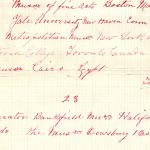 DIST.24.13
DIST.24.13 -
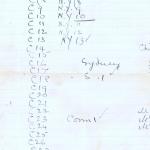 DIST.24.53b
DIST.24.53b -
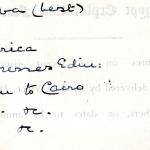 DIST.26.13.053
DIST.26.13.053 -
 DIST.27.38b
DIST.27.38b -
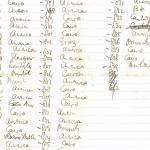 DIST.27.38c
DIST.27.38c -
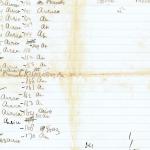 DIST.27.38d
DIST.27.38d -
 DIST.27.38e
DIST.27.38e -
 DIST.27.43a
DIST.27.43a -
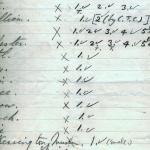 DIST.28.13a
DIST.28.13a -
 DIST.28.41
DIST.28.41 -
 DIST.32.08c
DIST.32.08c -
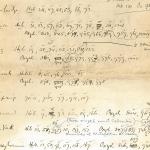 DIST.32.09a
DIST.32.09a -
 DIST.32.09d
DIST.32.09d -
 DIST.32.09e
DIST.32.09e -
 DIST.32.09g
DIST.32.09g -
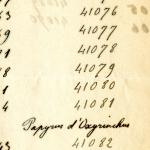 DIST.32.19a
DIST.32.19a -
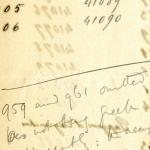 DIST.32.19b
DIST.32.19b -
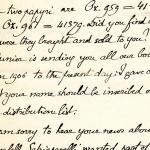 DIST.32.20a
DIST.32.20a -
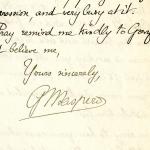 DIST.32.20b
DIST.32.20b -
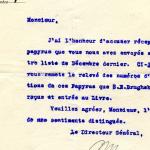 DIST.32.26a
DIST.32.26a -
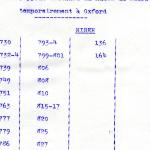 DIST.32.26b
DIST.32.26b -
 DIST.32.27a
DIST.32.27a -
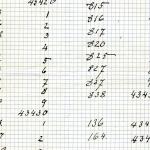 DIST.32.27b
DIST.32.27b -
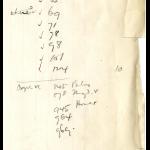 DIST.32.29b
DIST.32.29b -
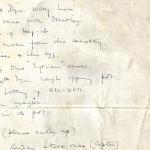 DIST.34.25a
DIST.34.25a -
 DIST.34.25b
DIST.34.25b -
 DIST.39.01
DIST.39.01 -
 DIST.41.43
DIST.41.43 -
 DIST.44.09
DIST.44.09 -
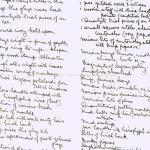 DIST.44.11
DIST.44.11 -
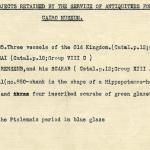 DIST.48.11
DIST.48.11 -
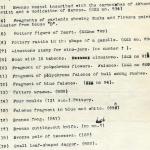 DIST.49.002a
DIST.49.002a -
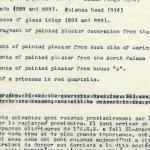 DIST.49.002b
DIST.49.002b -
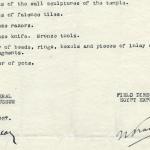 DIST.49.002c
DIST.49.002c -
 DIST.49.003a
DIST.49.003a -
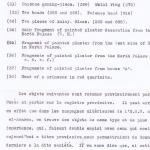 DIST.49.003b
DIST.49.003b -
 DIST.49.003c
DIST.49.003c -
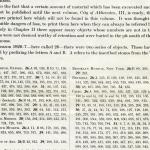 DIST.49.005a
DIST.49.005a -
 DIST.50.02a
DIST.50.02a -
 DIST.50.02b
DIST.50.02b -
 DIST.50.02c
DIST.50.02c -
 DIST.50.13a
DIST.50.13a -
 DIST.50.13b
DIST.50.13b -
 DIST.50.13c
DIST.50.13c -
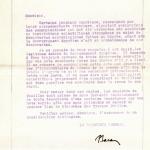 DIST.50.15
DIST.50.15 -
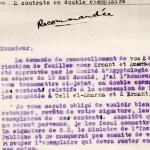 DIST.50.16
DIST.50.16 -
 DIST.50.17a
DIST.50.17a -
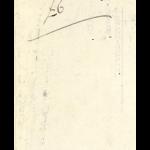 DIST.50.17b
DIST.50.17b -
 DIST.50.18
DIST.50.18 -
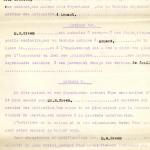 DIST.50.19a
DIST.50.19a -
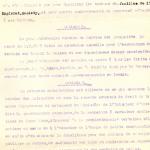 DIST.50.19b
DIST.50.19b -
 DIST.50.19c
DIST.50.19c -
 DIST.50.19d
DIST.50.19d -
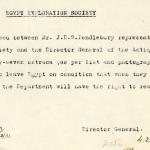 DIST.50.20a
DIST.50.20a -
 DIST.50.20b
DIST.50.20b -
 DIST.50.21a
DIST.50.21a -
 DIST.50.21b
DIST.50.21b -
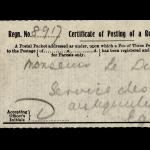 DIST.50.26a
DIST.50.26a -
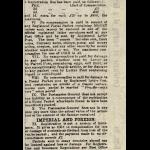 DIST.50.26b
DIST.50.26b -
 DIST.50.36
DIST.50.36 -
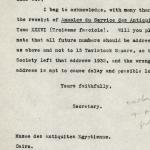 DIST.50.37
DIST.50.37 -
 DIST.50.38
DIST.50.38 -
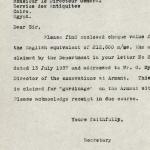 DIST.50.39
DIST.50.39 -
 DIST.50.40
DIST.50.40 -
 DIST.50.41
DIST.50.41 -
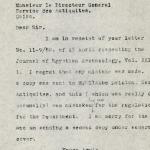 DIST.50.42
DIST.50.42 -
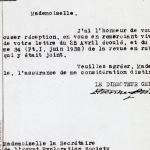 DIST.50.43
DIST.50.43 -
 DIST.50.44
DIST.50.44 -
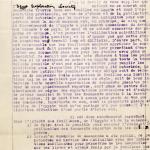 DIST.50.45a
DIST.50.45a -
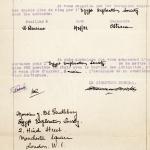 DIST.50.45b
DIST.50.45b -
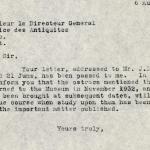 DIST.50.46
DIST.50.46 -
 DIST.50.47
DIST.50.47 -
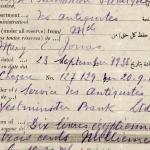 DIST.50.48
DIST.50.48 -
 DIST.50.49
DIST.50.49 -
 DIST.50.50
DIST.50.50 -
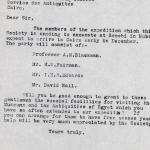 DIST.50.51
DIST.50.51 -
 DIST.50.52
DIST.50.52 -
 DIST.50.53
DIST.50.53 -
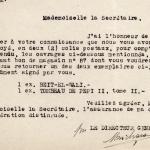 DIST.50.54
DIST.50.54 -
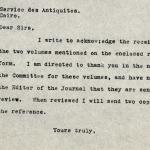 DIST.50.55
DIST.50.55 -
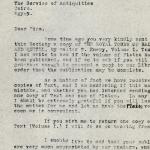 DIST.50.56
DIST.50.56 -
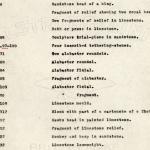 DIST.50.57a
DIST.50.57a -
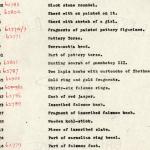 DIST.50.57b
DIST.50.57b -
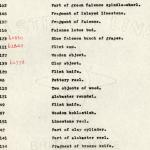 DIST.50.57c
DIST.50.57c -
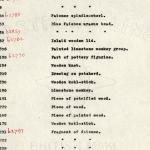 DIST.50.57d
DIST.50.57d -
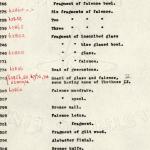 DIST.50.57e
DIST.50.57e -
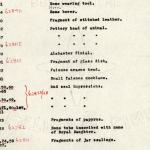 DIST.50.57f
DIST.50.57f -
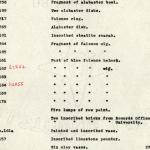 DIST.50.57g
DIST.50.57g -
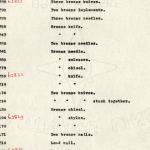 DIST.50.57h
DIST.50.57h -
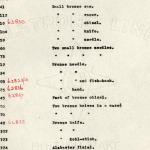 DIST.50.57i
DIST.50.57i -
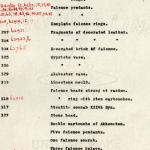 DIST.50.57j
DIST.50.57j -
 DIST.50.58a
DIST.50.58a -
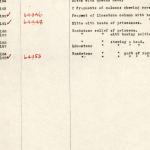 DIST.50.58b
DIST.50.58b -
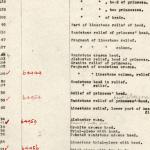 DIST.50.58c
DIST.50.58c -
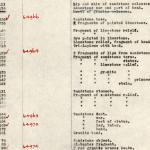 DIST.50.58d
DIST.50.58d -
 DIST.50.58e
DIST.50.58e -
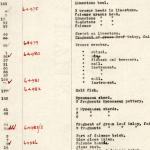 DIST.50.58f
DIST.50.58f -
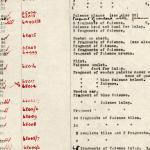 DIST.50.58g
DIST.50.58g -
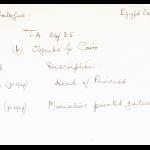 DIST.50.58h
DIST.50.58h -
 DIST.50.59
DIST.50.59 -
 DIST.50.60a
DIST.50.60a -
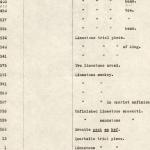 DIST.50.60b
DIST.50.60b -
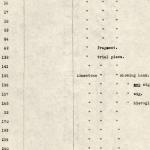 DIST.50.60c
DIST.50.60c -
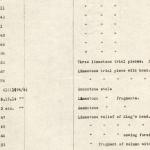 DIST.50.60d
DIST.50.60d -
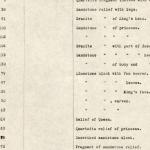 DIST.50.60e
DIST.50.60e -
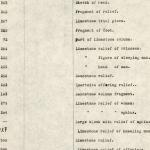 DIST.50.60f
DIST.50.60f -
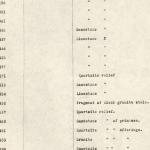 DIST.50.60g
DIST.50.60g -
 DIST.50.60h
DIST.50.60h -
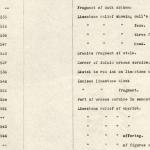 DIST.50.60i
DIST.50.60i -
 DIST.50.60j
DIST.50.60j -
 DIST.50.60k
DIST.50.60k -
 DIST.50.60l
DIST.50.60l -
 DIST.50.60m
DIST.50.60m -
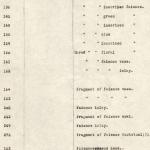 DIST.50.60n
DIST.50.60n -
 DIST.50.60o
DIST.50.60o -
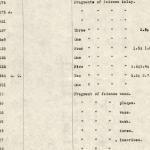 DIST.50.60p
DIST.50.60p -
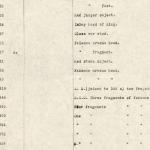 DIST.50.60q
DIST.50.60q -
 DIST.50.60r
DIST.50.60r -
 DIST.50.60s
DIST.50.60s -
 DIST.50.60t
DIST.50.60t -
 DIST.50.60u
DIST.50.60u -
 DIST.50.60v
DIST.50.60v -
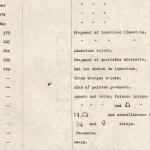 DIST.50.60w
DIST.50.60w -
 DIST.50.61a
DIST.50.61a -
 DIST.50.61b
DIST.50.61b -
 DIST.50.61c
DIST.50.61c -
 DIST.50.61d
DIST.50.61d -
 DIST.50.61e
DIST.50.61e -
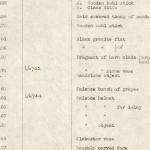 DIST.50.61f
DIST.50.61f -
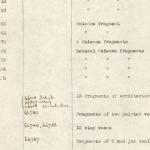 DIST.50.61g
DIST.50.61g -
 DIST.50.61h
DIST.50.61h -
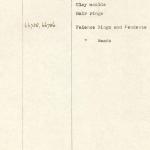 DIST.50.61i
DIST.50.61i -
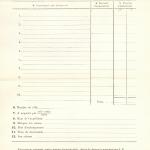 DIST.50.62
DIST.50.62 -
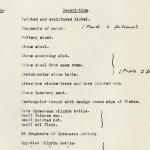 DIST.52.01a
DIST.52.01a -
 DIST.52.01b
DIST.52.01b -
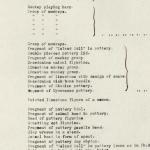 DIST.52.01c
DIST.52.01c -
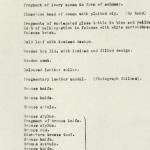 DIST.52.01d
DIST.52.01d -
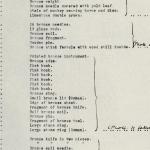 DIST.52.01e
DIST.52.01e -
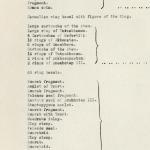 DIST.52.01f
DIST.52.01f -
 DIST.52.01g
DIST.52.01g -
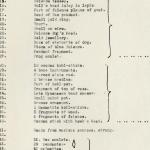 DIST.52.01h
DIST.52.01h -
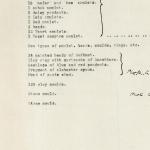 DIST.52.01i
DIST.52.01i -
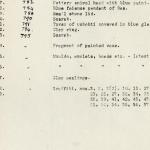 DIST.52.01j
DIST.52.01j -
 DIST.54.01a
DIST.54.01a -
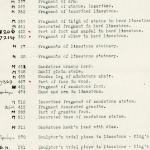 DIST.54.01b
DIST.54.01b -
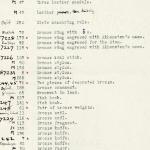 DIST.54.01c
DIST.54.01c -
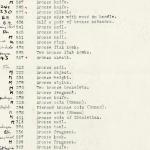 DIST.54.01d
DIST.54.01d -
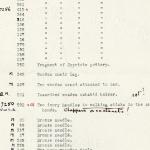 DIST.54.01e
DIST.54.01e -
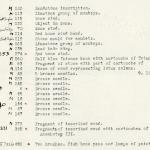 DIST.54.01f
DIST.54.01f -
 DIST.54.01g
DIST.54.01g -
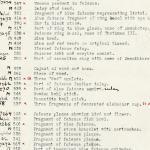 DIST.54.01h
DIST.54.01h -
 DIST.54.01i
DIST.54.01i -
 DIST.54.01j
DIST.54.01j -
 DIST.54.01k
DIST.54.01k -
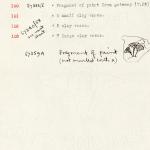 DIST.54.01l
DIST.54.01l -
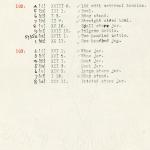 DIST.54.01m
DIST.54.01m -
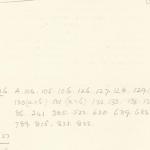 DIST.54.02a
DIST.54.02a -
 DIST.54.02b
DIST.54.02b -
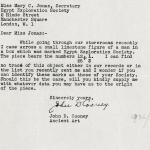 DIST.55.53
DIST.55.53 -
 DIST.55.54
DIST.55.54 -
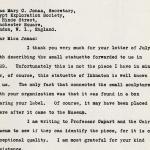 DIST.55.56
DIST.55.56 -
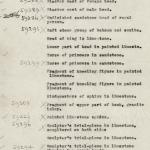 DIST.56.02a
DIST.56.02a -
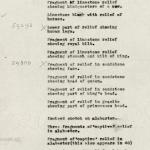 DIST.56.02b
DIST.56.02b -
 DIST.56.02c
DIST.56.02c -
 DIST.56.02d
DIST.56.02d -
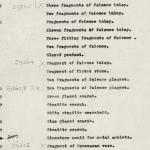 DIST.56.02e
DIST.56.02e -
 DIST.56.02f
DIST.56.02f -
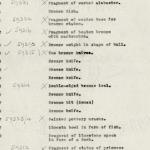 DIST.56.02g
DIST.56.02g -
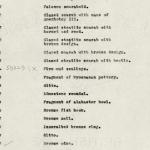 DIST.56.02h
DIST.56.02h -
 DIST.56.02i
DIST.56.02i -
 DIST.57.51
DIST.57.51 -
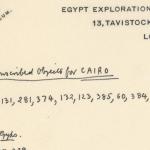 DIST.57.78
DIST.57.78 -
 DIST.60.01
DIST.60.01 -
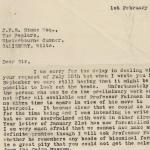 DIST.65.39
DIST.65.39 -
 DIST.68.44v
DIST.68.44v -
 DIST.74.01a
DIST.74.01a -
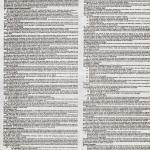 DIST.74.01b
DIST.74.01b -
 DIST.74.01c
DIST.74.01c -
 DIST.74.01d
DIST.74.01d -
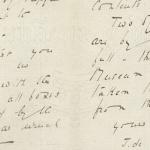 DIST.15.52b
DIST.15.52b -
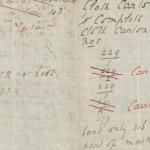 DIST.15.55b
DIST.15.55b
Bénédite, Georges 1907. Catalogue général des antiquités égyptiennes du Musée du Caire. Nos. 44001-44102: miroirs. Le Caire : Institut Français d'Archéologie Orientale.
Carter, Howard and Percy E. Newberry 1904. Catalogue général des antiquitiés égyptiennes du musée du Caire. Nos. 46001-46529: the tomb of Thoutmôsis IV. Westminster: Constable.
Crum, W.-E. 1902. Coptic monuments: Nos 8001-8741. Catalogue général des antiquités égyptiennes du Musée du Caire. Le Caire: Institut Francais d'Archéologie Orientale.
Currelly, Charles T. 1913. Catalogue général des antiquités égyptiennes du Musée du Caire. Nos 63001-64906: stone implements. Le Caire: Imprimerie de l'Institut français d'archéologie orientale.
Daressy, G. 1902. Fouilles de la Vallée des Rois (1898-1899): nos 24001-24990. Catalogue général des antiquités égyptiennes du Musée du Caire. Le Caire: Imprimerie de l'Institut français d'archéologie orientale.
Daressy, Georges 1903. Catalogue général des antiquités égyptiennes du Musée du Caire. Nos 9401-9449: textes et dessins magiques. Le Caire : Impr. de l'IFAO.
Edgar, C. C. 1903. Catalogue général des antiquités égyptiennes du Musée du Caire. Nos. 32001-32367: Greek moulds. Le Caire : Institut Francais d'Archéologie Orientale.
Edgar, C. C. 1903. Catalogue général des antiquités égyptiennes du Musée du Caire. Nos 27425-27630: Greek sculpture. Le Caire: Impr. de l'IFAO.
Edgar, C. C. 1905. Catalogue général des antiquités égyptiennes du Musée du Caire. Nos 32401-32800: Graeco-Egyptian glass. Le Caire : Impr. de l'IFAO.
Hawass, Zahi 2002. Hidden treasures of the Egyptian Museum: one hundred masterpieces from the centennial exhibition. Kairo: American University in Cairo Press.
Ikram, Salima and Aidan Dodson 1997. Royal mummies in the Egyptian Museum. Cairo: The American University in Cairo Press.
Ikram, Salima and Nasry Iskander 2002. Catalogue général of Egyptian antiquities in the Cairo Museum. Nos. 24048 - 24056; 29504 - 29903 (selected); 51084 - 51101; 61089: Non-human mummies. Cairo: Supreme Council of Antiquities.
Josephson, Jack A. and Mamdouh Mohamed Eldamaty 1999. Catalogue général of Egyptian antiquities in the Cairo Museum. Nrs. 48601 - 48649: statues of the XXVth and XXVIth Dynasties. Cairo: Supreme Council of Antiquities.
Lange, H. O. and H. Schäfer 1902-1925. Grab- und Denksteine des Mittleren Reichs, 4 vols. Catalogue général des antiquités égyptiennes du Musée du Caire 51-54. Berlin: Reichsdruckerei.
Niwiński, Andrzej 1999. Catalogue général of Egyptian antiquities in the Cairo Museum. Nos. 6069-6082: the second find of Deir El-Bahari (coffins). Cairo: Supreme Council of Antiquities.
Niwiński, Andrzej 1995. Catalogue général des antiquités égyptiennes du musée du Caire. Nos. 6029-6068: la seconde trouvaille de Deir el-Bahari (sarcophages). Le Caire: Conseil Suprême des Antiquités de l'Egypte.
Sabbahy, Lisa K. 2009. Catalogue general of Egyptian antiquities in the Cairo Museum. Nos. 17037-17091, 7127-7129: anthropoid clay coffins. Cairo: Supreme Council of Antiquities.
Saleh, Mohamed and Hourig Sourouzian 1987. The Egyptian Museum Cairo: official catalogue. Mainz: Zabern.
Spiegelberg, Wilhelm 1904. Die demotischen Denkmäler 30601-31166, I: Die demotischen Inschriften. Catalogue général des antiquités égyptiennes du Musée du Caire. Leipzig: W. Drugulin.
Tiradritti, Francesco (ed.) 1999. Trésors d'Égypte: les merveilles du Musée Égyptien du Caire. Paris: Gründ.
